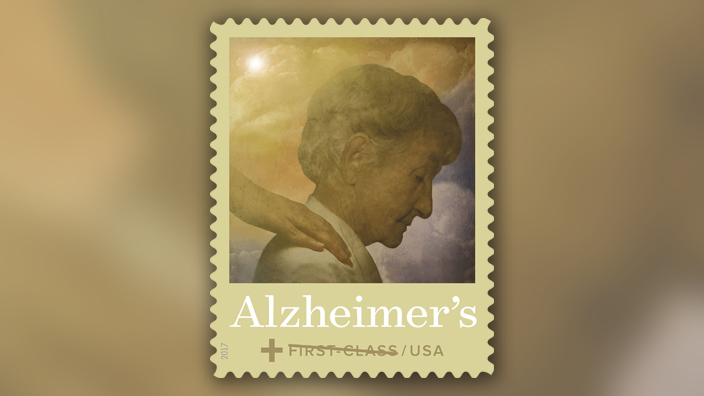The USPS Wellness team wants to help employees learn the differences between Alzheimer’s disease and dementia, two conditions that affect the brain.
Alzheimer’s is a degenerative disorder that irreversibly affects the health of the brain, causing a decline in memory, reasoning and daily living.
Dementia is a collective term to describe a group of diseases and symptoms of cognitive decline.
Alzheimer’s is the most common type of dementia. The disease is the fifth-leading cause of death for adults 65 years and older, and the sixth-leading cause of death for all adults.
The greatest known risk factor is increasing age. While Alzheimer’s disease typically occurs in those 65 or older, early-onset Alzheimer’s disease can develop within the age ranges of 30-60, which is considered rare.
Alzheimer’s disease occurs in stages and worsens over time. Some warning signs include:
- Changes in memory that disrupt everyday activities
- Confusion with time or place
- Alterations in personality
- Difficulty having conversations
The cause of Alzheimer’s disease remains unknown.
There is no definitive evidence for preventing or slowing the disease. However, research shows maintaining healthy lifestyles with social activity and through intellectual stimulation helps with aging and brain health.
The National Institute on Aging and Centers for Disease Control and Prevention websites have resources to support families and caregivers, while the Wellness LiteBlue page has overall health information.
Share your feedback at uspslink@usps.gov. Your comments could be included in the “Mailbag” column.



